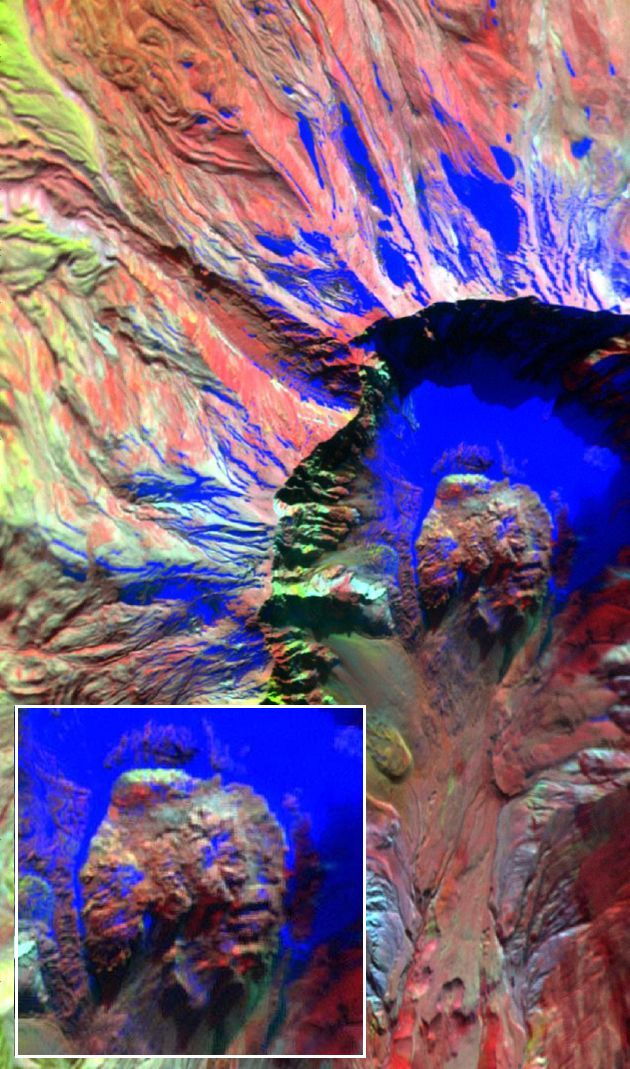NASA Lowers Sights to Predict Volcano's Eruption

It didn't take a space shuttle or the space station or any high-flying satellite to spot the heat welling up in the crater of Mount St. Helens the day before its Oct. 1 eruption.
Instead, NASA recorded the activity by flying a common Cessna over the mountain, leading scientists to forecast imminent activity.
And it was all a stroke of luck.
"This had been planned for some time, and we were there totally by coincidence," says Bruce Coffland, from NASA's Ames Research Center.
Using an infrared (IR) instrument similar to one on NASA's Terra satellite, Coffland's team was in a single-engine airplane over Mount St. Helens on Thursday, Sept. 30 to outline the boundaries of lava flows from the 1980 eruption, which blew the top off the mountain and killed 57 people.
At the center of the mountain is a crater left by the 1980 eruption. The research team noted that some areas of a central lava dome, which swells above the crater floor, were warmer than others, possibly revealing cracks in the dome.
"Based on the IR signal, the team predicted an imminent eruption," said Steve Hipskind, acting chief of the Earth Science Division at Ames.
Get the Space.com Newsletter
Breaking space news, the latest updates on rocket launches, skywatching events and more!
Other scientists were predicting the same, based on a flurry of minor earthquakes over the previous week and a change in the shape of the lava dome, recorded by the satellite-based Global Positioning System.
The mountain spewed steam and ash into the air the next day. The mini-eruption was a volcanic hiccup compared to the 1980 catastrophe. But scientists say the new monitoring technique could help them better understand why the mountain erupted this time.
Another flight was planned for early this week.
Meanwhile, Mount St. Helens let off more steam and ash Monday and again today. Earthquake activity slackened after Friday's eruption but the pattern of frequent small temblors has resumed.
The U.S. Geological Survey, in charge of forecasting volcanic activity, said more eruptions could occur at any time.
- Zoom in on Mount St. Helens
- Super Volcanoes: Satellites Eye Deadly Hot Spots
- Planet Building: Volcanoes No Longer Rule, But They Still Rage
- Mount St. Helens Volcano Cam
- How Volcanoes Work
Join our Space Forums to keep talking space on the latest missions, night sky and more! And if you have a news tip, correction or comment, let us know at: community@space.com.

Rob has been producing internet content since the mid-1990s. He was a writer, editor and Director of Site Operations at Space.com starting in 1999. He served as Managing Editor of LiveScience since its launch in 2004. He then oversaw news operations for the Space.com's then-parent company TechMediaNetwork's growing suite of technology, science and business news sites. Prior to joining the company, Rob was an editor at The Star-Ledger in New Jersey. He has a journalism degree from Humboldt State University in California, is an author and also writes for Medium.









